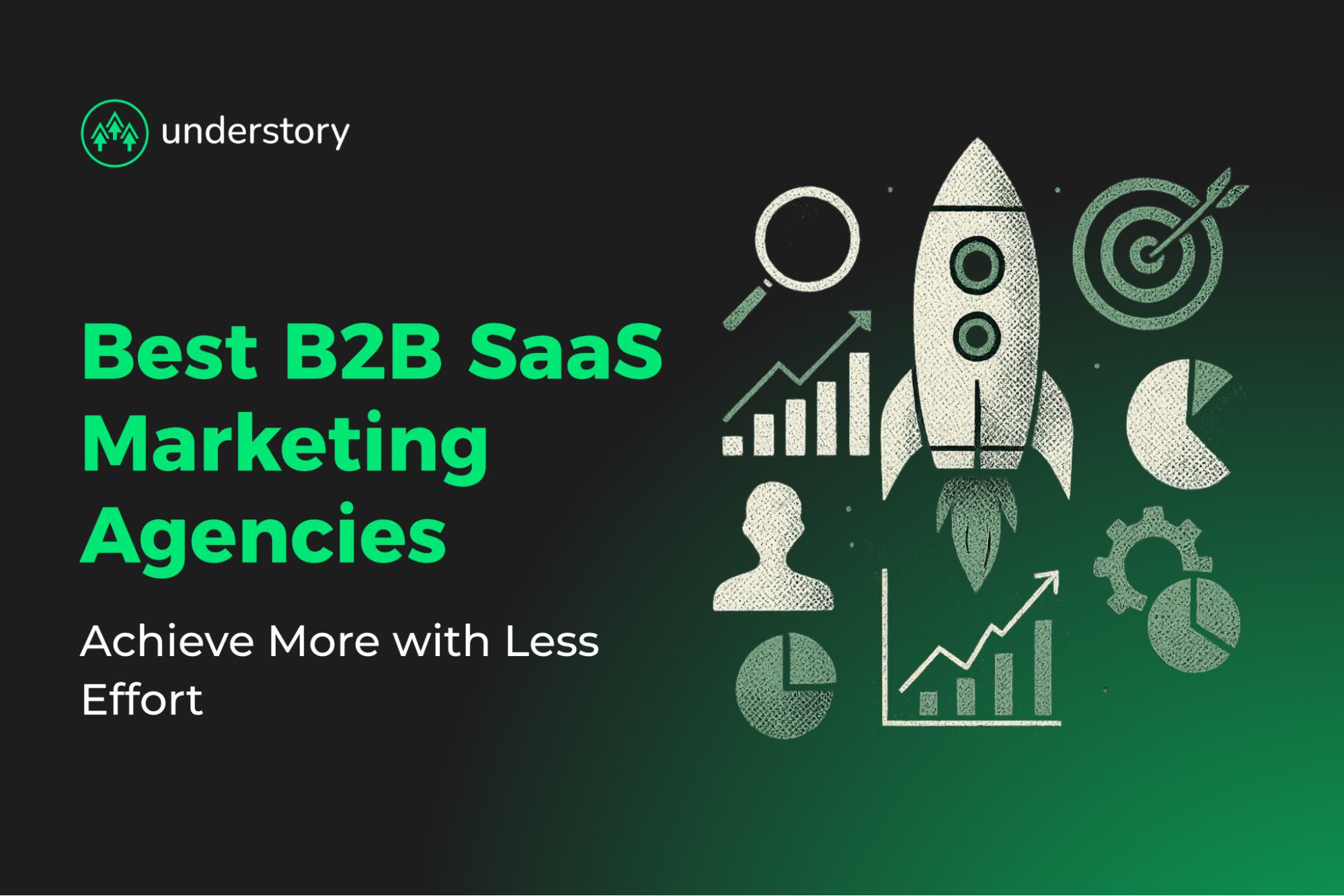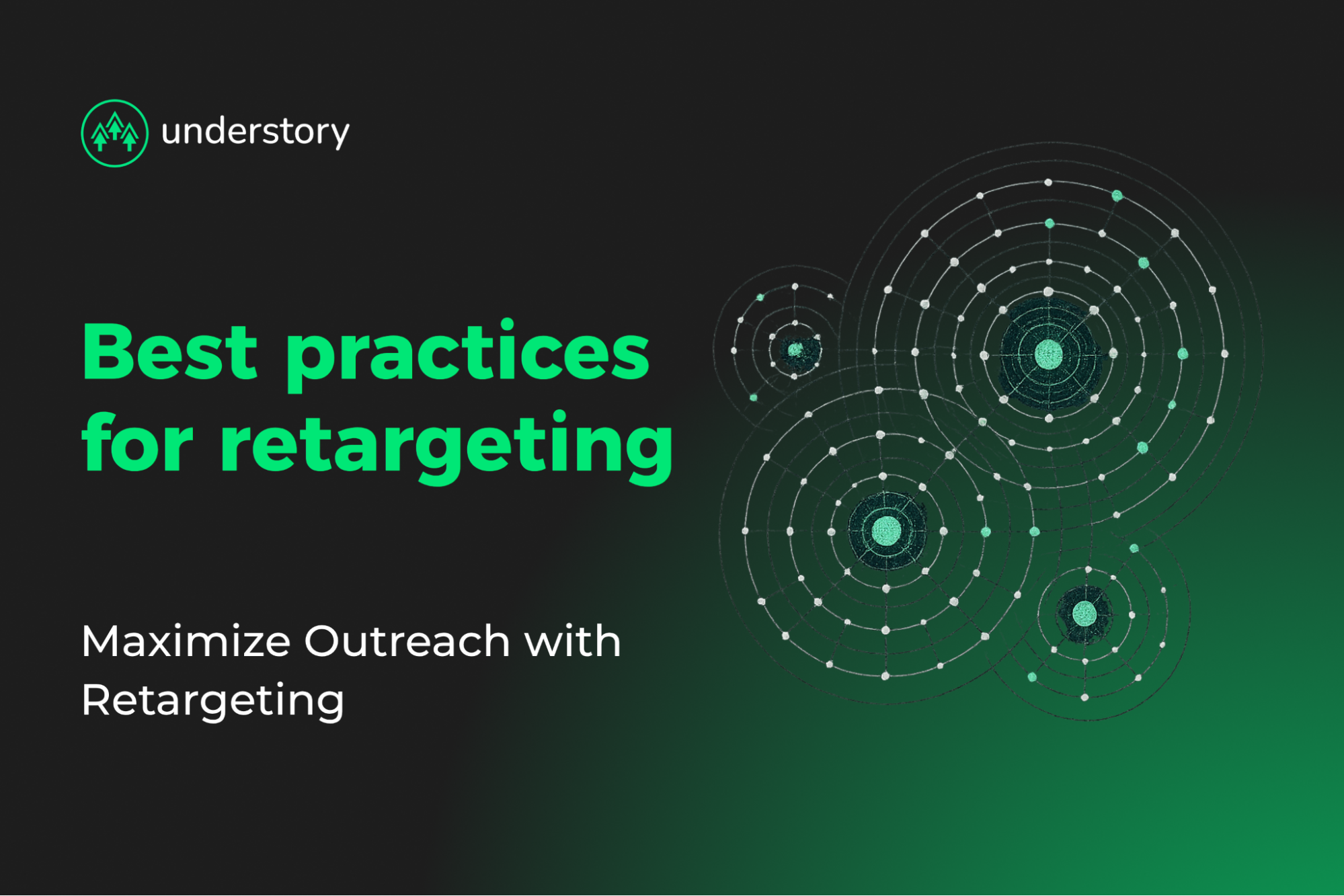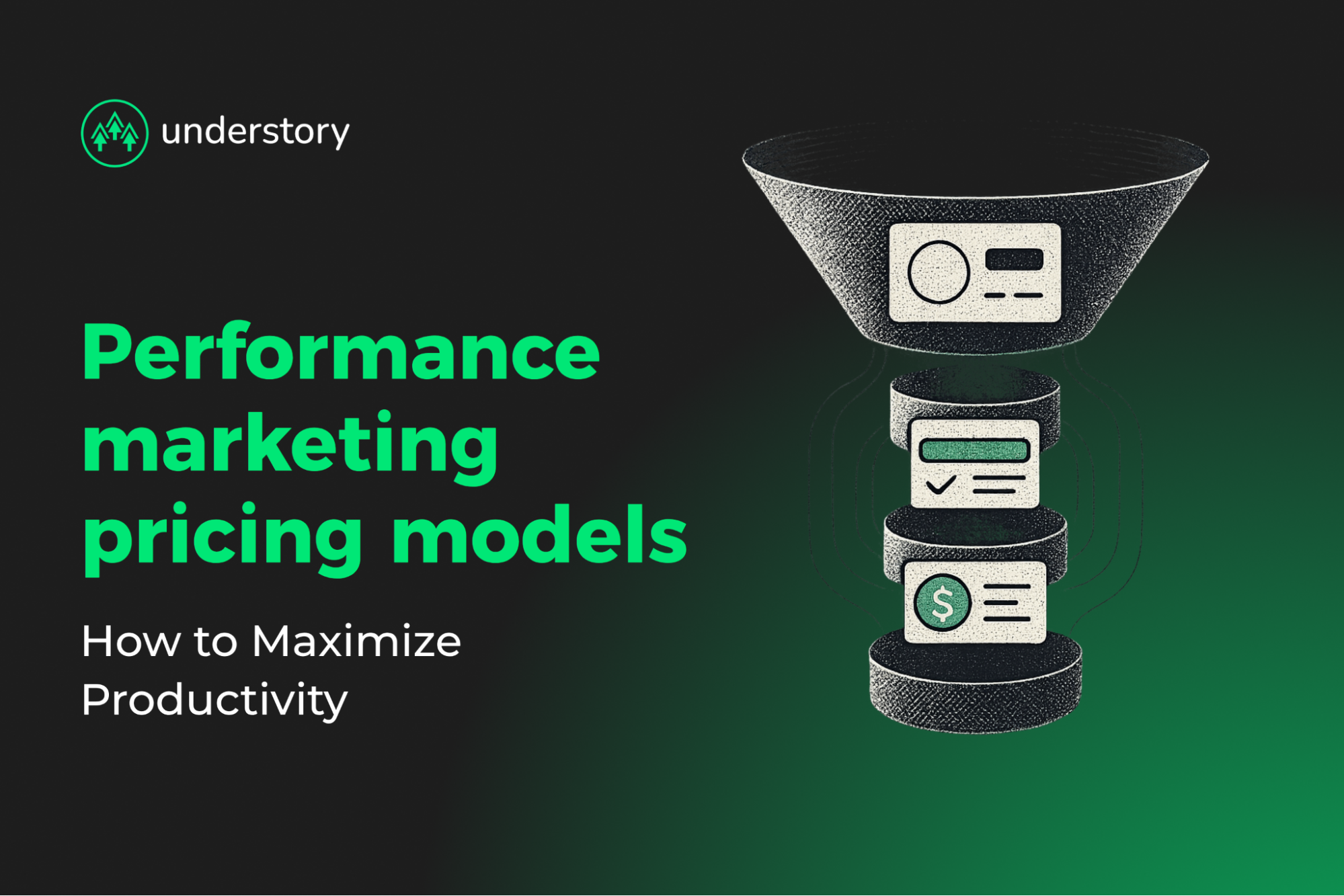

Improve your marketing efficiency: 8 ways to save time and money
Maximize marketing ROI without increasing your budget.
Marketing efficiency separates scaling SaaS companies from those burning through their budgets. Rising acquisition costs and the time spent managing paid media specialists, outbound teams, and creative freelancers make efficiency particularly challenging. Not to mention, leadership wants proof that every dollar drives your pipeline and ARR.
Good news, SaaS growth leaders can take several specific steps to improve marketing efficiency. Eliminate wasteful spending, automate specialist coordination, and amplify proven content to reduce CAC while accelerating growth.
This guide shares eight methods to improve your marketing efficiency to effectively use your marketing budget.
1. Conduct a comprehensive marketing efficiency audit
Quarterly audits reveal which campaigns drive pipeline and which drain budgets. Instead of coordinating between specialists without clear data, you'll have actionable insights to reinvest in what works and eliminate what doesn't.
Quarterly audit checklist
Effective audits require systematic evaluation across all SaaS marketing touchpoints:
- Confirm objectives: Tie audit KPIs to ARR, CAC, and payback targets for SaaS growth
- Pull unified data: Sync ad platforms, web analytics, product events, and CRM for end-to-end attribution across your tech stack
- Map spend to pipeline: Calculate cost-per-SQL and cost-per-closed-won for each channel. Flag anything above your benchmark CAC range
- Inspect funnel drop-offs: Chart MQL → SQL → Opportunity → Closed-won to reveal your biggest efficiency leaks
- Audit tech stack overlap: List every tool, monthly cost, and owned functions. Redundant features waste budget
- Grade content by lifecycle stage: Score each asset on traffic, engagement, and influenced revenue for SaaS buyers
- Prioritize fixes: Stack-rank issues by revenue impact and implementation effort, then assign owners and deadlines
Consider scaling efforts on high-performing channels. If LinkedIn ads generate 30% of closed-won revenue on 15% of spend, increase allocation. If Google Display burns budget without pipeline influence, pause and adjust strategy.
Quick wins
Identify high-impact changes that require minimal implementation time:
- Pause campaigns with CPA higher than your average LTV:CPA ratio
- Consolidate overlapping tools and migrate drip campaigns into one platform
- Add mandatory UTM parameters to every outbound link to close attribution gaps
- Shift budget from vanity metrics to channels driving SQLs for SaaS prospects
Run this audit every quarter to spot inefficiencies before they compound.
2. Define the right metrics and attribution model for SaaS sales cycles
Marketing efficiency starts with measuring what drives SaaS revenue and knowing how to apply these metrics to your strategy. Some key metrics include Customer Acquisition Cost (CAC), Conversion Rates, Return on Investment (ROI), and Marketing Efficiency Ratio (MER).
Once you have the metrics, consider the story they tell. For instance, a MER above 3 means your marketing generates $3 in revenue for every $1 spent. Anything lower reveals potential inefficiencies in how your paid media, outbound, and creative efforts work together.
Metrics versus attribution
Metrics quantify pipeline creation. Attribution shows where it originates. This distinction matters for managing efforts across channels.
For short cycles under 30 days with ACV below $5k, last-touch attribution suffices. Mid-range cycles spanning 1-6 months with ACV up to $25k require models that monitor both the first touch and closing touches for balanced visibility. Long enterprise cycles need advanced attribution that weighs every touchpoint.
Closed-loop tracking is non-negotiable
Push every UTM parameter (tracking codes that identify traffic sources), ad click, and email touch into your CRM. Sync revenue data back to your marketing analytics tools. This creates live feedback where you track MER by channel weekly.
Common pitfalls that fragment attribution across specialists include broken tracking pixels, inconsistent UTM parameters, over-reliance on unhelpful metrics, and ignoring offline touches like sales calls. Quarterly attribution audits and consistent terminology keep reporting clean across paid media, outbound, and creative workflows.
Well-coordinated attribution transforms every marketing dollar from fragmented specialist spending into traceable revenue from first impression to closed deals.
3. Automate and AI-power repetitive workflows
Repetitive tasks waste strategic time SaaS growth leaders need to effectively scale. Manually lead routing between teams, UTM tagging across campaigns, creative generation, and reporting eat up valuable hours.
Prioritize what to automate
Rank recurring specialist management tasks by time, frequency, and error rate. If a task scores high on two of the three, like slow lead routing or manual cross-channel reporting, consider automation.
Identify tools for team coordination
Look for existing tools that can automate these tasks.
A variety of tools exist suited to various marketing tasks. Clay enriches and deduplicates contacts before syncing to CRM, eliminating manual work between outbound and paid teams. HubSpot routes leads instantly and notifies reps without additional oversight needed.
Start with easy high-impact changes
Begin with high-impact implementations delivering immediate time savings:
- Auto-enrich new leads with company data synced to CRM
- Trigger Slack alerts when high-intent events fire across paid or outbound channels
- Generate extra headline options for content supporting both paid and outbound campaigns
Scale best practices
Start small with one workflow, involve end-users early, and document ownership clearly. Pilot new automations on subsets of your management tasks, measure time saved, then scale across paid media, outbound, and creative workflows. Maintain a workflow playbook so new hires understand automated processes.
Proper automation cuts manual work, accelerates execution, and scales SaaS marketing without requiring an oversized headcount.
4. Run continuous A/B and multivariate tests
Testing unlocks compounding efficiency gains for SaaS organizations. Continuous experiments across paid media, outbound sequences, and creative touchpoints turn every interaction into an optimization opportunity.
How to set up tests that matter
Tie every hypothesis to SaaS growth metrics like trial-to-paid conversion or 30-day retention. Wait for approximately 1,000 visitors per variant and 95% confidence before calling winners. Use A/B testing for single elements like CTA buttons and multivariate testing for combinations, but only with sufficient traffic volume.
Keep a live pipeline of experiments
Run two to three tests simultaneously and log hypotheses, results, and next steps in one system accessible to your paid media, outbound, and creative teams. This discipline compounds results as small gains accumulate.
5. Repurpose and amplify high-converting content
Stop burning budget on constant creation while managing multiple creative resources. Your top 5-10 assets already driving SaaS sign-ups or demos are the goldmine for scaling efficiency.
How to repurpose smartly
Transform a webinar into LinkedIn carousels for paid campaigns, outbound email sequences, and newsletter series. Use analytics showing conversion data, not vanity metrics, to reveal what's worth amplifying.
Keep content fresh with a consistent schedule
Stagger releases throughout the week to stretch reach without overwhelming SaaS prospects. Use templates and pre-publish checklists to maintain brand consistency across paid media, outbound, and creative assets.
6. Optimize paid media allocation continuously
Budgets are wasted when teams use up time on unhelpful metrics. Track every channel by MER and reallocate based on performance. Review dashboards weekly. Use multi-touch attribution to avoid starving long-cycle programs.
Refresh creative before fatigue sets in
On social, refresh hooks and visuals every 7 days. For search and display, every 14 days suffices. Maintain a backlog of creative variants so swaps happen quickly.
Tighten targeting and test new formats
Run weekly negative keyword sweeps in Google. Reserve approximately 10% of spend for testing new ad formats, and graduate winners into your core budget once they hit efficiency benchmarks.
7. Align marketing and sales around shared pipeline targets
SaaS revenue accelerates when marketing and sales pursue identical pipeline goals. Misaligned teams create costly hand-off errors, stale personas, and inflated acquisition costs.
Start with a shared dashboard
Build a live view of SQLs accepted, pipeline created, and ARR closed. Pull data from your CRM and marketing automation, then apply multi-touch attribution so every deal reflects campaigns that influenced it.
Add structured feedback loops
Bi-weekly win-loss calls let sales surface why deals close or stall. Marketing captures messaging gaps, ICP shifts, and competitive trends, then adapts creative and targeting. This produces tighter customer stories and higher-quality SaaS leads.
Enforce service-level agreements
Set rules for response times (two business hours works for most SaaS teams), define when leads can be recycled, and document valid rejection reasons. Clear rules prevent silent lead decay.
Keep collaboration lightweight
Replace ad-hoc messages with a recurring 15-minute stand-up. Marketing previews campaigns, sales flags product feedback, and ops confirms tracking accuracy. This rhythm builds accountability with minimal time investment.
8. Experiment with new channels and formats
Relying only on core channels leads to diminishing returns. SaaS growth requires disciplined experimentation with new channels and formats.
Set clear parameters
Allocate 5-10% of monthly spend to a 90-day pilot. Define one leading KPI like cost per SQL and one lagging KPI like CAC payback before launch. Document hypothesis, baseline, and spend cap to prevent runaway costs.
Run lightweight pilots
In month one, test simple creative and let data stabilize. Explore placements like Reddit Ads for SaaS audiences, niche Slack communities, or partner webinars. Refresh content by repurposing assets. Turn webinar clips into short-form videos or interactive demos.
Review and adjust at milestones
At 45 days, benchmark pilot KPIs against your best-performing channel. If results land within 20% of target or trend positively, scale. If not, adjust creative or targeting. Kill underperformers by day 90 to recycle your budget into proven winners.
Build a repeatable schedule
Run up to four experiments per year. Keep one or two strong performers, sunset the rest. This keeps your SaaS marketing mix fresh while competitors saturate the same feeds.
Bonus: Partner with specialized efficiency experts
Managing paid media agencies, outbound vendors, and creative freelancers consumes strategic time SaaS growth leaders need to optimize scaling. Uncoordinated attribution dashboards, MER reviews, and A/B tests across silos can fragment campaigns, meaning potential customers receive disconnected experiences.
Specialized allbound marketing experts eliminate this management burden by delivering integrated expertise across paid media, outbound, and creative execution. Here's what you should look for in a partner:
- Proven track record running campaigns for 6-12 month SaaS sales cycles
- Ability to integrate marketing automation, CDP, and CRM for full visibility
- Methodology for eliminating redundant tools and renegotiating contracts
- Commitment to actionable metrics like MER and CAC payback instead of vanity metrics
Improve your marketing efficiency with Understory
Understory eliminates vendor management entirely. We handle LinkedIn ads, personalized outbound, and creative execution through expert allbound workflows built for scaling SaaS organizations.
Have 15 minutes? Schedule a call to get started.




